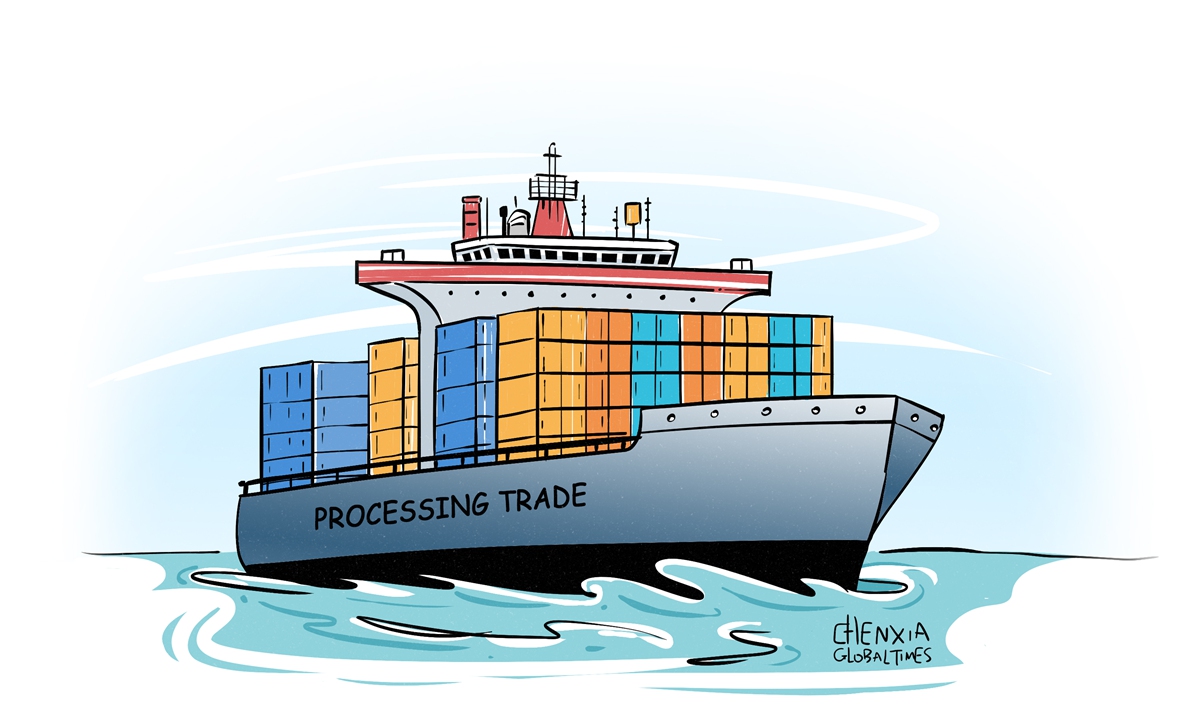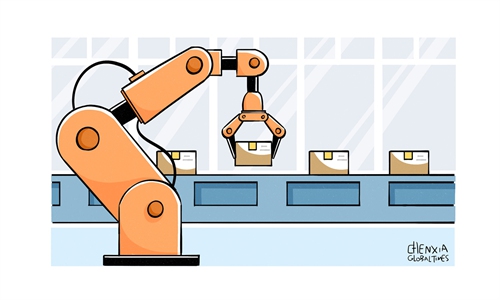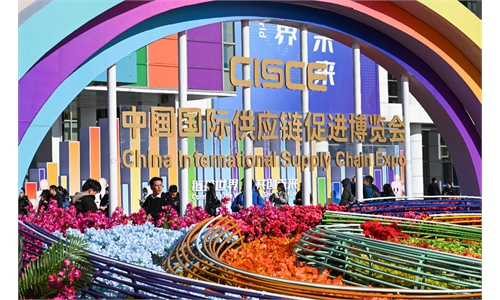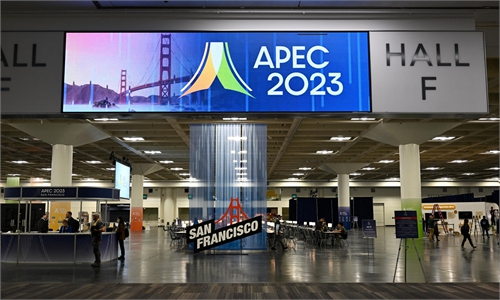
Illustration: Chen Xia/Global Times
While many have been focusing on China's April foreign trade performance, less attention has been paid to the details of the improvement of the nation's foreign trade structure, letting some people overlook a trend: the country has been quietly emerging in terms of outward processing trade, which will bring more opportunity for mutually beneficial cooperation with the rest of the world, especially economies in Asia.China's outward processing trade rose by 186.8 percent year-on-year in March, according to the General Administration of Customs. Outward processing exports increased by 116.7 percent to $70.9 million, while imports grew by 279.8 percent to $93.7 million.
China's outward processing is in a phase of rapid development. The term refers to the business activity of exporting raw materials, components or semi-finished products to overseas markets for processing, and then re-importing the processed products.
With the emerging trend of outward processing, China can fully utilize technology or relatively low-cost labor resources from overseas economies to meet the needs of the Chinese domestic market, realizing complementarity and cooperation in supply chains.
Processing trade plays an important role in stabilizing foreign trade, foreign investment, and industrial and supply chains. At the initial stage of China's reform and opening-up, its main approach was to import raw and auxiliary materials, process or assemble them in China, and re-export the finished products.
Now, the surge of outward processing reflects, on the one hand, that China is moving upstream in the global value chain, focusing more on developing high value-added products such as components, instead of low value-added items from the manufacturing-assembly industry.
On the other hand, it reflects a rise in Chinese domestic consumption, as overseas resources such as technology and labor are used to serve the Chinese market.
Some Western observers have said that manufacturers will move production out of China as the nation's labor cost advantage shrinks. Moreover, the US has largely adopted a zero-sum game mind-set in its trade policy toward China, trying to hit its export-oriented sector. However, those people are going to be deeply disappointed by the results.
China has not witnessed a massive manufacturing outflow. Contrary to what some Western observers claim, a surge in China's outward processing trade shows cooperation along industrial and supply chains has been strengthened and developed among China and other countries, especially neighboring economies. China's advantages of comprehensive industrial chain support and its huge consumer market are two main reasons behind the trend.
Asia is one of the world's most economically dynamic regions. As the restructuring of the Asia-Pacific industrial chain seems to have accelerated, some Western media outlets have again hyped the issue of "competition" between China and other Asian economies. Competition is normal in the global economy. Hence, there is no need to exaggerate or over-interpret it. Moreover, the cooperative side of economic ties far outweighs the competition side.
The outward processing trade is mutually beneficial to both China and its trade partners. Some Asian countries' exports to China are on an upward trajectory, and they generate the bulk of jobs and taxes in those economies. For instance, India's exports to China increased by 22.5 percent in the first quarter, while South Korea's exports to China rose 8.9 percent.
Against the backdrop of industrial restructuring and upgrading, Asian economies should strengthen economic cooperation with China, support free trade, and reduce tariff and non-tariff barriers to seize the opportunities offered by the development of China's outward processing trade.
There is still enormous potential for the development of outward processing. For China and also the entire region, industrial restructuring and upgrading, as well as the emerging trend of outward processing, is set to build a new engine to drive economies.
The US is being arrogant to believe it can advocate economic "decoupling" between China and other Asian economies, and also exclude China from global supply chains.
Now, the shoe is on the other foot. We expect closer industrial chain cooperation, which will enable China to better integrate into global industrial, value and supply chains in a faster process of industrialization and modernization.
The author is a reporter with the Global Times. bizopinion@globaltimes.com.cn



